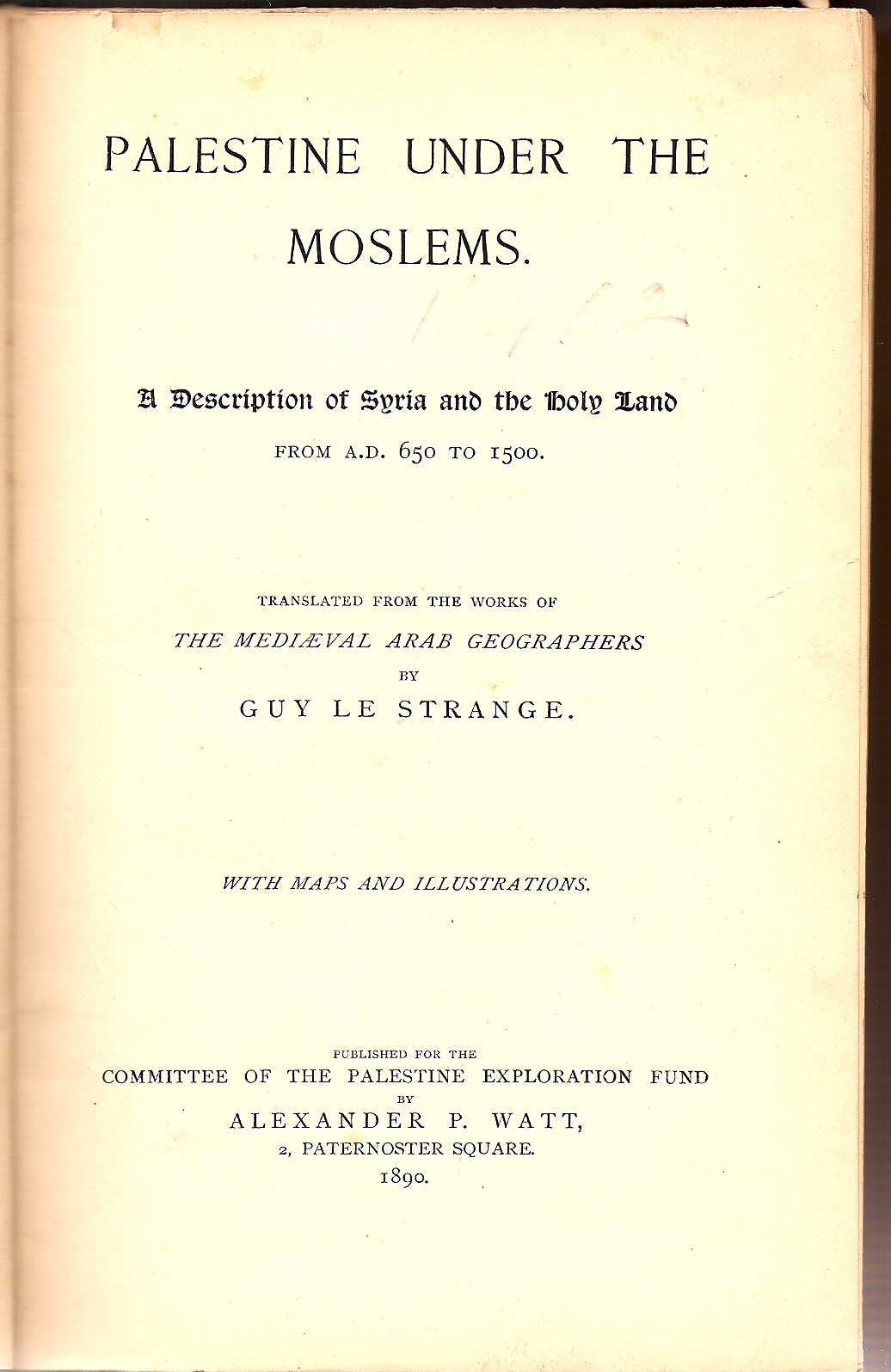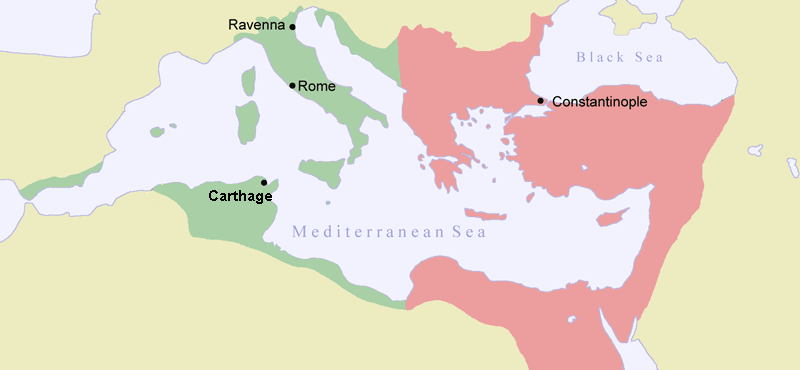|
Zoar (Genesis)
Zoara, the biblical Zoar, previously called Bela (), was one of the five "cities of the plain" – a pentapolis at that time of Abram or Abraham named later, it was a highly fertile valley apparently located along the lower Jordan Valley and the Dead Sea plain and mentioned in the Book of Genesis. It was said to have been spared the "brimstone and fire" which destroyed Sodom and Gomorrah in order to provide a refuge for Lot and his daughters. It is mentioned by Josephus; by Ptolemy (V, xvi, 4); and by Eusebius and Saint Jerome in the ''Onomasticon''. Owing to the waters coming down from the mountains of Moab, Zoara was said to be a flourishing oasis where the balsam, indigo, and date trees bloomed luxuriantly. In the Bible Zoara, meaning "small" or "insignificance" in Hebrew (a "little one" as Lot called it), was a city east of Jordan in the vale of Siddim, near the Dead Sea. Along with Sodom, Gomorrah, Admah, and Zeboim, Zoar was one of the 5 cities slated for destruction by ... [...More Info...] [...Related Items...] OR: [Wikipedia] [Google] [Baidu] |
Antoninus Of Piacenza (pilgrim)
The anonymous pilgrim of Piacenza, sometimes simply called the Piacenza Pilgrim, was a sixth-century Christian pilgrim from Piacenza in northern Italy who travelled to the Holy Land at the height of Byzantine rule in the 570s and wrote a narrative of his pilgrimage. This anonymous pilgrim was erroneously identified as Antoninus of Piacenza or Antoninus Martyr out of confusion with Saint Antoninus of Piacenza, who died in 303 and is venerated as a martyr. The Piacenza pilgrim's description of sites and traditions are sometimes inaccurate, as he tends to confuse places from the same area, or such which are in Egypt. The travel descriptions of the Piacenza pilgrim are still valued by researchers because they sometimes contain information about local customs and traditions not mentioned in any other text. The pilgrim's itinerary documents the extent of the sixth-century trade catering to the pious pilgrims in the Holy Land: "We went to Cana, where our Lord was present at the marr ... [...More Info...] [...Related Items...] OR: [Wikipedia] [Google] [Baidu] |
Guy Le Strange
Guy Le Strange (24 July 1854 – 24 December 1933) was a British Orientalist noted especially for his work in the field of the historical geography of the pre-modern Middle Eastern and Eastern Islamic lands, and his editing of Persian geographical texts. He was a scholar of the Persian, Arabic, and Spanish languages. Le Strange was one of the original trustees of the E. J. W. Gibb Memorial, an organisation which since 1905 has published the Gibb Memorial Series. He was born in Brussels, Belgium, the youngest child of Henry L'Estrange Styleman Le Strange of Hunstanton Hall Hunstanton Hall, Old Hunstanton, Norfolk, England is a country house dating originally from the 15th century. The gatehouse, now detached from the main building, is dated 1487. The wings were built in the seventeenth century and there are Victor ..., Norfolk, educated at Clifton College and died in Cambridge.Probate Registry Grant – Feb 1934. Works Books * * * * * * Index Articles * Re ... [...More Info...] [...Related Items...] OR: [Wikipedia] [Google] [Baidu] |
Fulcher Of Chartres
Fulcher of Chartres (c. 1059 in or near Chartres – after 1128) was a priest who participated in the First Crusade. He served Baldwin I of Jerusalem for many years and wrote a Latin chronicle of the Crusade. Life Fulcher was born c. 1059. His appointment as chaplain of Baldwin of Boulogne in 1097 suggests that he had been trained as a priest, most likely at the school of Chartres. However, he was probably not a member of the cathedral chapter, since he is not named in the listing of the ''Dignitaries of the Church of Our Lady of Chartres''. The details of the Council of Clermont of 1095, in his history, suggest he attended the council personally, or knew someone who did; perhaps Ivo, Bishop of Chartres, who influenced Fulcher's opinions on Church reform and the investiture controversy with the Holy Roman Empire. Fulcher was part of the entourage of Count Stephen of Blois and Robert of Normandy which made its way through southern France and Italy in 1096, crossing into the ... [...More Info...] [...Related Items...] OR: [Wikipedia] [Google] [Baidu] |
William Of Tyre
William of Tyre ( la, Willelmus Tyrensis; 113029 September 1186) was a medieval prelate and chronicler. As archbishop of Tyre, he is sometimes known as William II to distinguish him from his predecessor, William I, the Englishman, a former Prior of the Church of the Holy Sepulchre, who was Archbishop of Tyre from 1127 to 1135. He grew up in Jerusalem at the height of the Kingdom of Jerusalem, which had been established in 1099 after the First Crusade, and he spent twenty years studying the liberal arts and canon law in the universities of Europe. Following William's return to Jerusalem in 1165, King Amalric made him an ambassador to the Byzantine Empire. William became tutor to the king's son, the future King Baldwin IV, whom William discovered to be a leper. After Amalric's death, William became chancellor and archbishop of Tyre, two of the highest offices in the kingdom, and in 1179 William led the eastern delegation to the Third Council of the Lateran. As he was in ... [...More Info...] [...Related Items...] OR: [Wikipedia] [Google] [Baidu] |
Zoar On The Madaba Map
Zoar may refer to: * Zoara, a city mentioned in Genesis as part of the Biblical Pentapolis Places ;Canada * Zoar, Newfoundland and Labrador ;England * Zoar, Cornwall ;South Africa * Zoar, Western Cape ;United States * Zoar, Delaware * Zoar, Indiana * Zoar, Massachusetts * Zoar, New York * Zoar, Ohio, a village in Tuscarawas County, Ohio * Zoar, Warren County, Ohio * Zoar, Wisconsin Other * Zoar (band), an experimental, gothic, ambient and classical group * Zoar (Aylett, Virginia), a farmstead listed on the National Register of Historic Places in King William County, Virginia * Zoar (Masters of the Universe), a fictional character in the ''Masters of the Universe'' franchise See also * Zoar Bible Christian Church in the Penfield, South Australia * Zoar Chapel in Canterbury, England * Zoar State Forest Zoar State Forest is a state forest located in King William County, Virginia, near the town of Aylett. It is used to grow timber and agricultural crops, maintain habitat ... [...More Info...] [...Related Items...] OR: [Wikipedia] [Google] [Baidu] |
George Of Cyprus
George of Cyprus ( el, Γεώργιος Κύπριος; List of Latinised names, Latinized as ''Georgius Cyprius'') was a Byzantine geographer of the early seventh century. Nothing is known of his life save that he was born at Lapithos in the island of Cyprus. He is known for his ''Descriptio orbis Romani'' ("Description of the Roman world"), written in the decade 600–610. It is written in Greek, and lists cities, towns, fortresses and administrative divisions of the Eastern Roman Empire. The list begins with Italy and moves counterclockwise along the Mediterranean, from Exarchate of Africa, Africa, Diocese of Egypt (Late Antiquity), Egypt and Diocese of the East, Oriens. The surviving list is evidently incomplete, as the Balkans are excluded. The ''Descriptio'' only survived in a compilation, probably from the 9th century, along with other lists such as Notitiae Episcopatuum, ecclesiastical ''notitiae''. It is possible that the compiler, usually thought to be the Armenians, Arme ... [...More Info...] [...Related Items...] OR: [Wikipedia] [Google] [Baidu] |
Synecdemus
The ''Synecdemus'' or ''Synekdemos'' ( el, Συνέκδημος) is a geographic text, attributed to Hierocles, which contains a table of administrative divisions of the Byzantine Empire and lists of their cities. The work is dated to the reign of Justinian but prior to 535, as it divides the 912 listed cities in the Empire among 64 Eparchies. The ''Synecdemus'', along with the work of Stephanus of Byzantium were the principal sources of Constantine VII's work on the Themes (''De Thematibus''). The ''Synecdemus'' was published in various editions beginning in 1735, notably by Gustav Parthey (''Hieroclis Synecdemus''; Berlin, 1866) and slightly later in a corrected text by A. Burckhardt in the Teubner series. The most recent major publication was by E. Honigmann (Le Synekdèmos d'Hiéroklès et l'opuscule géographique de Georges de Chypre; Brussels, 1939). References Sources * * * * . (''Oxford Dictionary of Byzantium The ''Oxford Dictionary of Byzantium'' (ODB) is a ... [...More Info...] [...Related Items...] OR: [Wikipedia] [Google] [Baidu] |
Hierocles (author Of Synecdemus)
Hierocles (Greek: Ἱεροκλῆς ''Hierokles'') was a Byzantine geographer of the sixth century and the attributed author of the '' Synecdemus'' or ''Synekdemos'', which contains a table of administrative divisions of the Byzantine Empire and lists of the cities of each. The work is dated to the reign of Justinian but prior to 535, as it divides the 912 listed cities in the Empire among 64 Eparchies. The ''Synecdemus'' is thus one of the most invaluable monuments which we have to study the political geography of the sixth century East. The work of Hierocles along with that of Stephanus of Byzantium were the principal sources of Constantine VII's work on the Themes (''De Thematibus''). Hierocles was published by Parthey (Hieroclis Synecdemus; Berlin, 1866) then in a corrected text, by A. Burckhardt in the Teubner seriesHieroclis Synecdemus; Leipzig, 1893. The most recent major publication was by E. Honigmann (''Le Synekdèmos d'Hiéroklès et l'opuscule géographique de Geo ... [...More Info...] [...Related Items...] OR: [Wikipedia] [Google] [Baidu] |
Stephen Of Byzantium
Stephanus or Stephan of Byzantium ( la, Stephanus Byzantinus; grc-gre, Στέφανος Βυζάντιος, ''Stéphanos Byzántios''; centuryAD), was a Byzantine grammarian and the author of an important geographical dictionary entitled ''Ethnica'' (). Only meagre fragments of the dictionary survive, but the epitome is extant, compiled by one Hermolaus, not otherwise identified. Life Nothing is known about the life of Stephanus, except that he was a Greek grammarian who was active in Constantinople, and lived after the time of Arcadius and Honorius, and before that of Justinian II. Later writers provide no information about him, but they do note that the work was later reduced to an epitome by a certain Hermolaus, who dedicated his epitome to Justinian; whether the first or second emperor of that name is meant is disputed, but it seems probable that Stephanus flourished in Byzantium in the earlier part of the sixth century AD, under Justinian I. The ''Ethnica'' Even as an ep ... [...More Info...] [...Related Items...] OR: [Wikipedia] [Google] [Baidu] |
Notitia Dignitatum
The ''Notitia Dignitatum'' (Latin for "The List of Offices") is a document of the late Roman Empire that details the administrative organization of the Western and the Eastern Roman Empire. It is unique as one of very few surviving documents of Roman government, and describes several thousand offices from the imperial court to provincial governments, diplomatic missions, and army units. It is usually considered to be accurate for the Western Roman Empire in the AD 420s and for the Eastern or Byzantine Empire in the AD 390s. However, the text itself is not dated (nor is its author named), and omissions complicate ascertaining its date from its content. Copies of the manuscript There are several extant 15th- and 16th-century copies of the document, plus a colour-illuminated iteration of 1542. All the known, extant copies are derived, either directly or indirectly, from ''Codex Spirensis'', a codex known to have existed in the library of the Chapter of Speyer Cathedral in 1542, ... [...More Info...] [...Related Items...] OR: [Wikipedia] [Google] [Baidu] |


